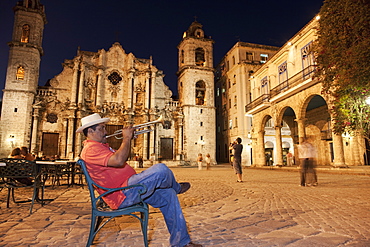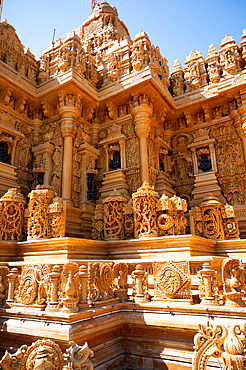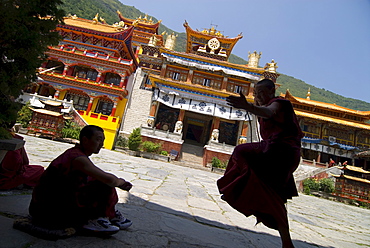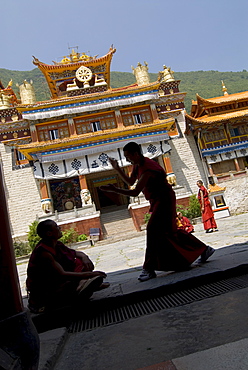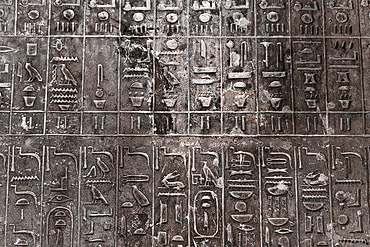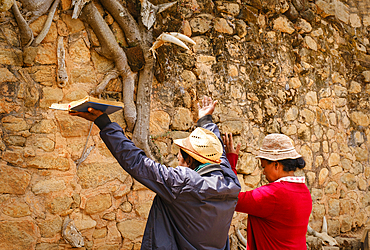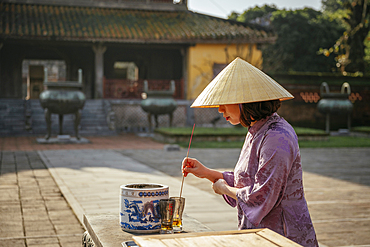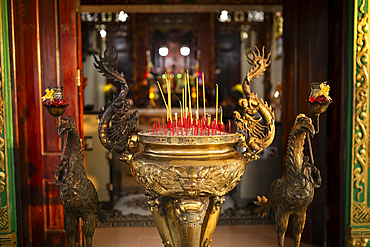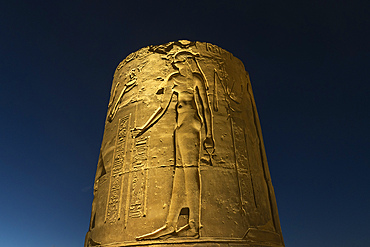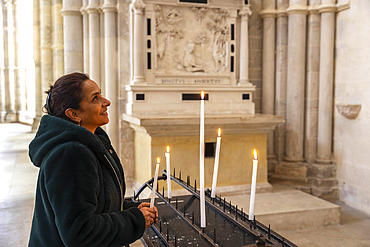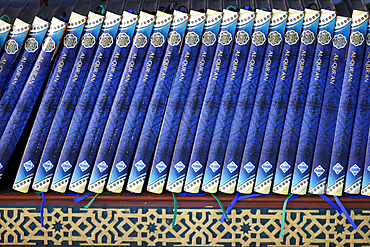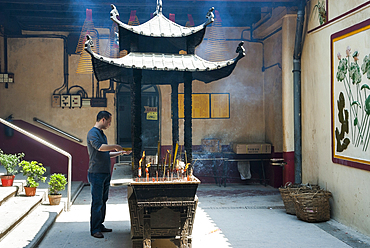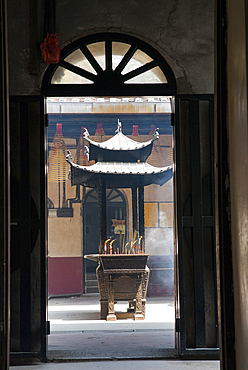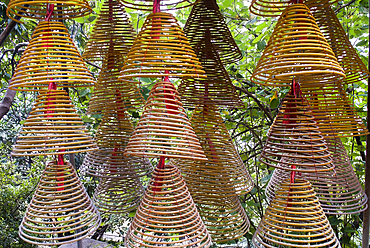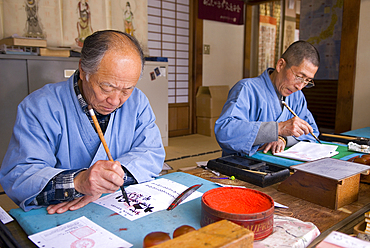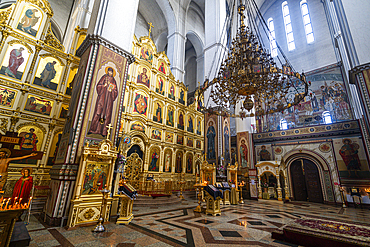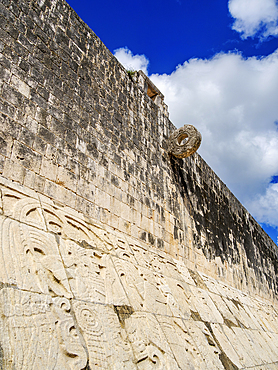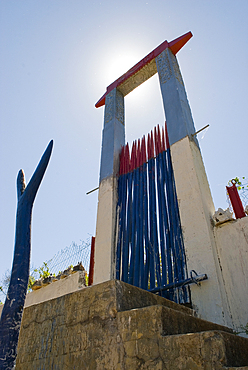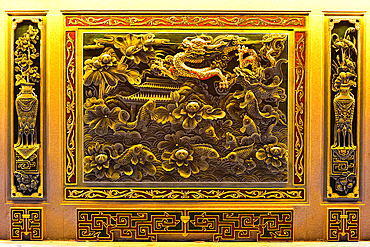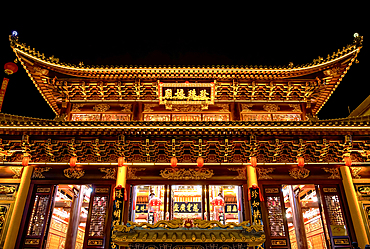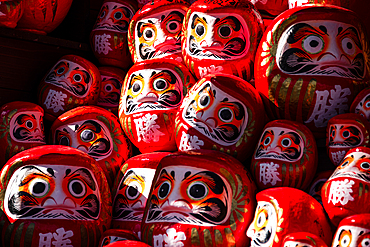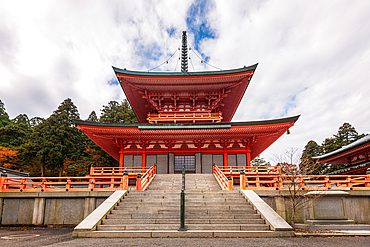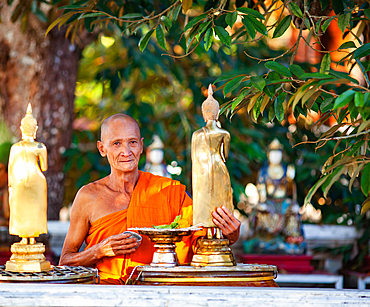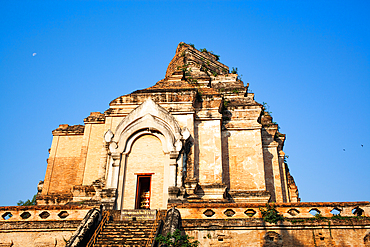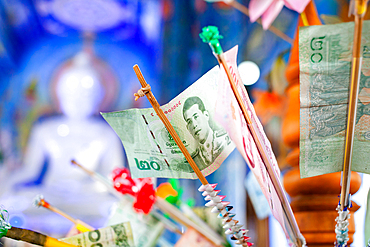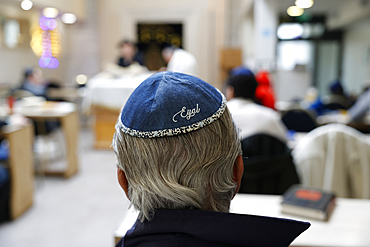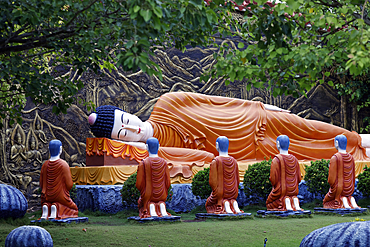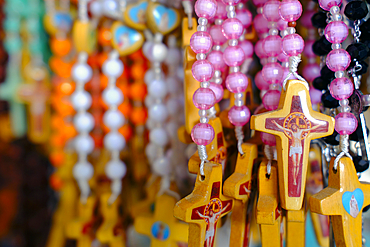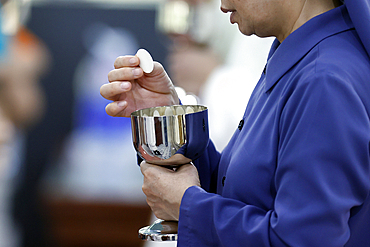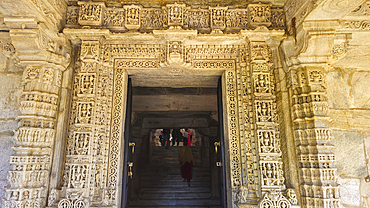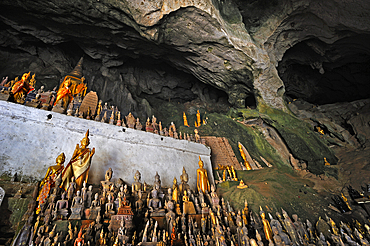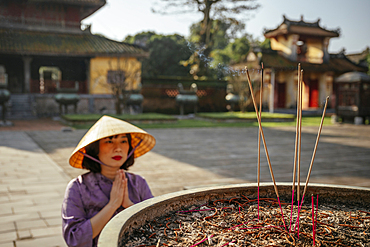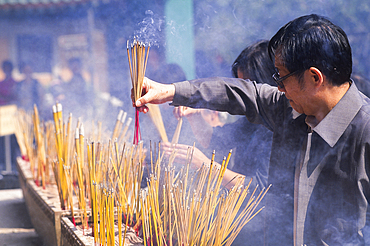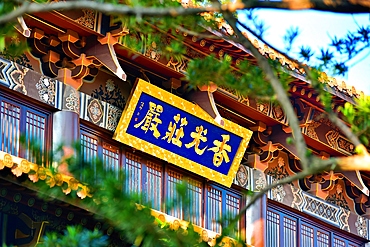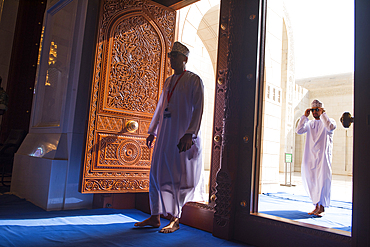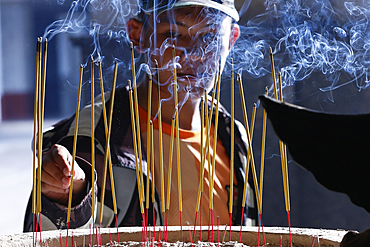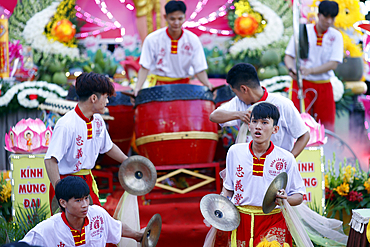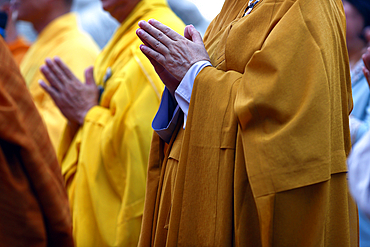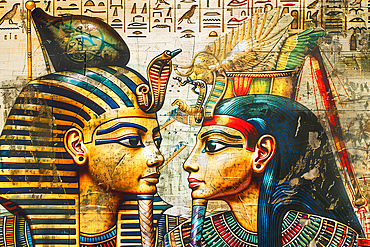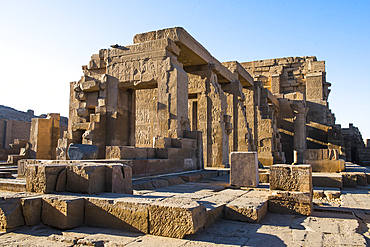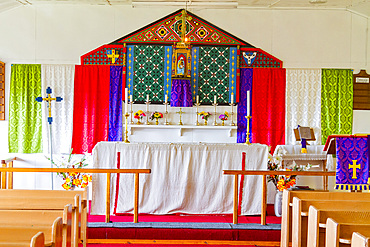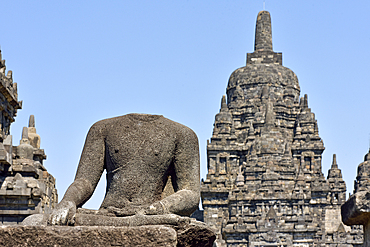Results
1 2 Next »
114 results found
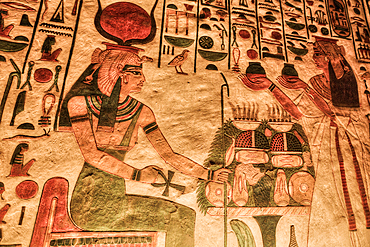
Image of Goddess Hathor on left and Nefertari, Paintings and Relief, Tomb of Nefertari, QV66, Valley of the Queens, Ancient Thebes, UNESCO World Heritage Site, Luxor, Egypt, North Africa, Africa
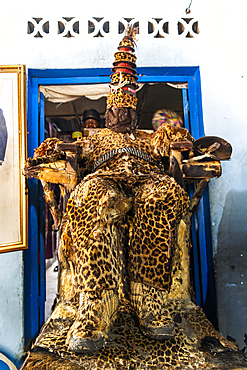
Spiritual leader dressed in leopard skin in the Church of Black People in Mbandaka, Equateur province, Democratic Republic of Congo, Africa
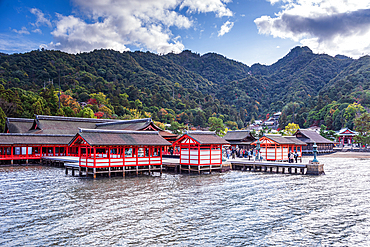
Itsukushima Shinto Shrine, UNESCO World Heritage Site, on Miyajima Island, Hiroshima Prefecture, Honshu, Japan, Asia
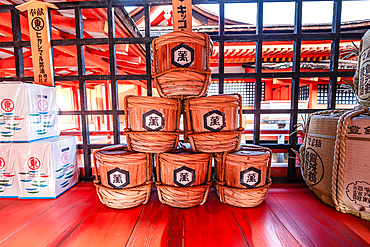
Sake barrels with traditional paintings, at Itsukushima Shrine, Shinto temple, on Miyajima Island, UNESCO World Heritage Site, Hiroshima Prefecture, Honshu, Japan, Asia
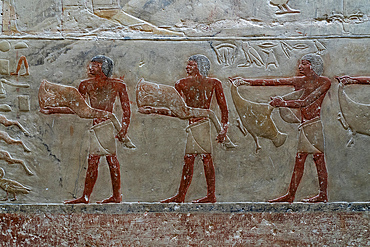
Tomb of princess Seshseshet Idut, complex of Saqqara, UNESCO World Heritage Site, Egypt, North Africa, Africa
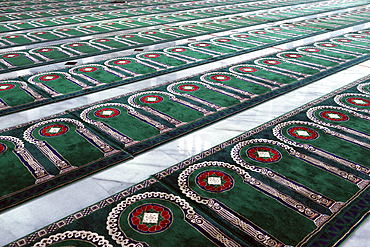
Al Akbar Surabaya National Mosque, carpet with arch design pointing towards Mecca, Surabaya, Java, Indonesia
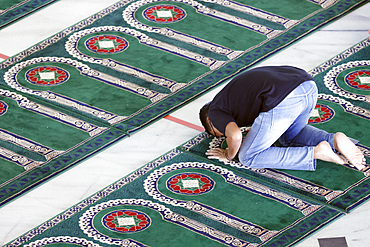
Al Akbar Surabaya National Mosque, Muslim man praying on carpet with arch design pointing towards Mecca, Surabaya, Java, Indonesia
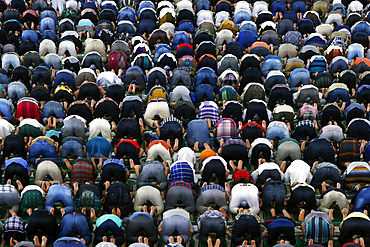
Al Akbar Surabaya National Mosque, Muslim men praying together at Friday prayer, Surabaya, Java, Indonesia
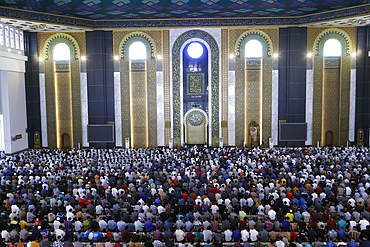
Al Akbar Surabaya National Mosque, Muslim men praying together at Friday prayer, Surabaya,Java, Indonesia
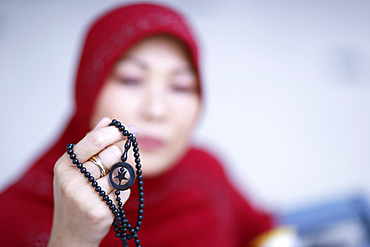
Muslim woman praying with islamic beads in hand, religious meditation, worship, Ramadan concept, Surabaya, Indonesia

Eighteen Arhats of Mahayana Buddhism await return of Buddha as Maitreya, Long Quang Pagoda, An Giang Province, Mekong Delta, Vietnam

One of Eighteen Arhats of Mahayana Buddhism await return of Buddha as Maitreya, Long Quang Pagoda, An Giang Province, Mekong Delta, Vietnam
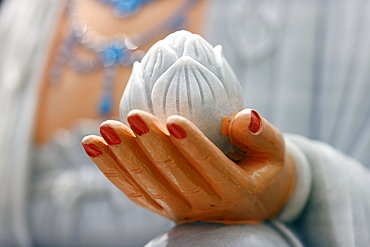
Hand and lotus flower, Guan Yin (Quan Am) (Bodhisattva) (Goddess of Compassion), Cau Dung Pagoda, An Giang Province, Mekong Delta, Vietnam
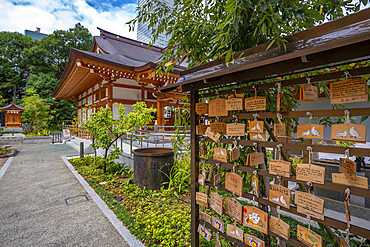
View of ema (small wooden plaques), Nishikubo Hachiman Shinto Shrine, 5 Chome, Toranomon, Minato City, Tokyo, Honshu, Japan
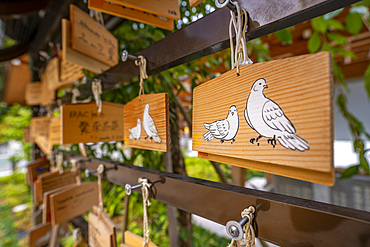
View of ema (small wooden plaques), Nishikubo Hachiman Shinto Shrine, 5 Chome, Toranomon, Minato City, Tokyo, Honshu, Japan
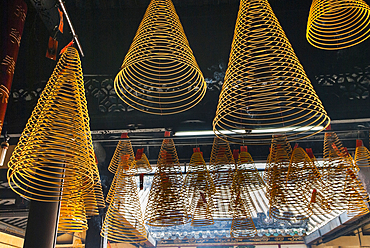
Spiral incense, Kun Iam buddhist Temple, goddess of Mercy, Macau, Special Administrative Region, China, Asia
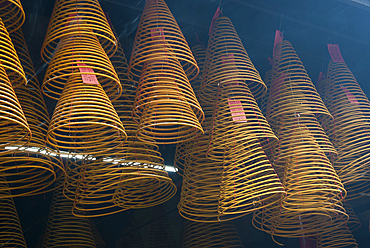
Spiral incense at Kun Iam buddhist Temple, goddess of Mercy, Macau, Special Administrative Region, China, Asia
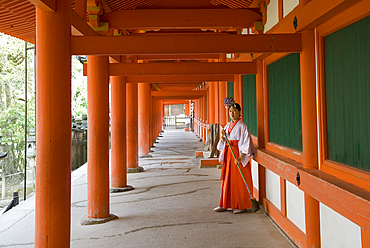
Miko or shrine maiden (Young women serving in a Shinto shrine) at Kasuga Taisha Shinto shrine, Nara, Japan
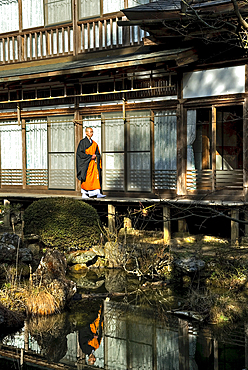
Monk at Henjoko-in Temple, Pilgrim's and tourist lodging (Shukubo), Mount Koya, Wakayama Prefecture, Japan, East Asia

Prayer room in Henjoko-in Temple, Pilgrim's and tourist lodging (Shukubo), Mount Koya, Wakayama Prefecture, Japan, East Asia

Buddhist temple with Hinduist divinities at the road side, Badulla district, Sri Lanka, Indian subcontinent, South Asia
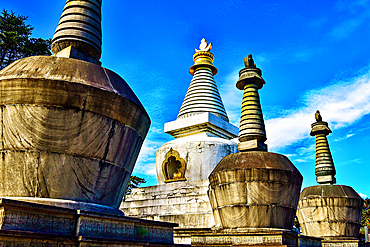
The Nuona Pagoda at the Small Heavenly Pool Temple, a Tibetan Temple in Lushan (Mount Lu), Jiujiang City, Jiangxi, China. Nuona is the living buddha that promoted Tibetan Buddhism in China during the Qing Dynasty. Lushan is a UNESCO World Heritage site.
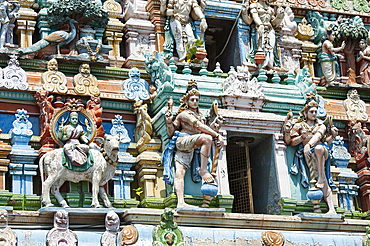
Details of high relief on the western Gopuram (gate tower) at Kapaleeshwarar Temple in Mylapore district, Chennai (Madras), Coromandel Coast, Tamil Nadu state, South India, Asia
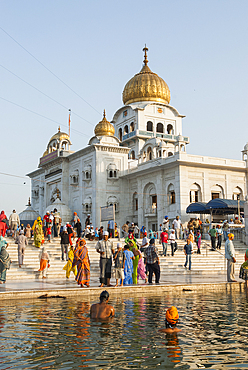
Followers bathing in the 'Sarovar' pond whose water is considered holy, inside Gurudwara Bangla Sahib, the most prominent Sikh gurdwara, or Sikh house of worship, in Delhi, India, Asia
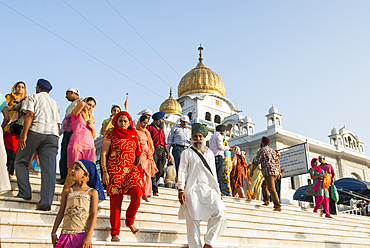
Gurudwara Bangla Sahib, the most prominent Sikh gurdwara, or Sikh house of worship, Delhi, India, Asia
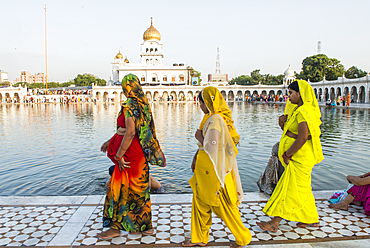
Followers by the 'Sarovar' pond whose water is considered holy, inside Gurudwara Bangla Sahib, the most prominent Sikh gurdwara, or Sikh house of worship, in Delhi, India, Asia

Monk at the Tibetan Buddhist Hemis Monastery, Ladakh region, state of Jammu and Kashmir, India, Asia

Monk at the Tibetan Buddhist Hemis Monastery, Ladakh region, state of Jammu and Kashmir, India, Asia
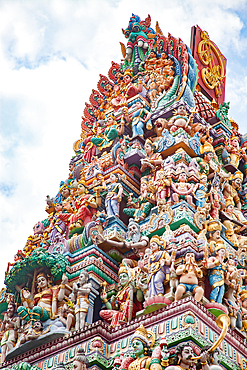
Intricate Hindu art and deity carvings on the facade of Sri Veeramakaliamman Temple in Little India, Singapore
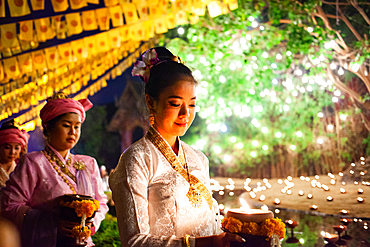
Women carrying offerings at the annual Makha Bucha (Magha Puja) celebrations, Wat Phan Tao temple, Chiangmai, Thailand

Celebration of Purim festival, Rabbi reading the Meghilat (Book of Esther), Beth Loubavitch Synagogue, Montrouge, France
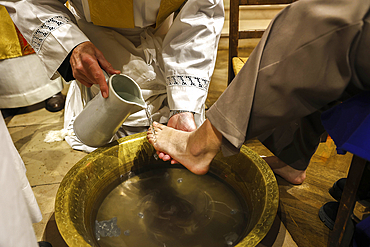
Maundy Thursday celebration and foot washing ceremony, Saint Philippe du Roule Catholic Church, Paris, France
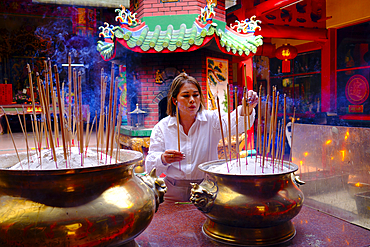
Offerings and prayers to the temple deities, Asian woman praying, Guan Di Chinese Temple, Chinatown, Kuala Lumpur, Malaysia
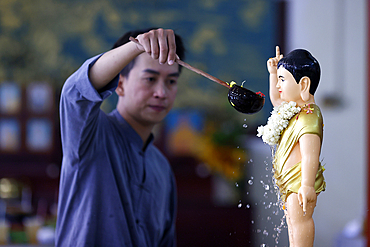
Thien Quang Buddhist Pagoda, Vesak celebration, Birthday of Shakyamuni Buddha, bathing infant Buddha to purify the heart, Tan Chau, Vietnam
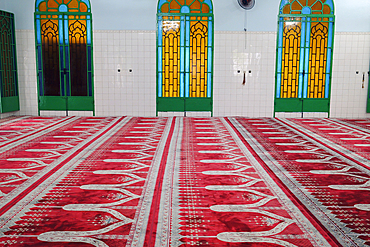
Inside the Saigon Central Mosque (Masjid Musulman), built in 1935, Prayer hall with red carpet, Ho Chi Minh City, Vietnam
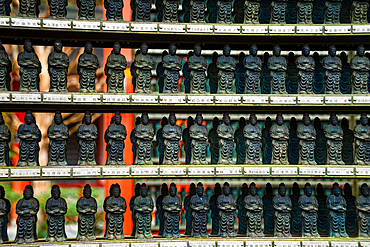
Close-up of small, blue Buddha statues arranged on shelves, symbolizing serenity and devotion at Sanzen-in Temple, Kyoto, Honshu, Japan

Yakushi statue in the Kondo of To-ji Temple, a Shingon Buddhist temple in the Minami-ku ward of Kyoto, Japan, East Asia
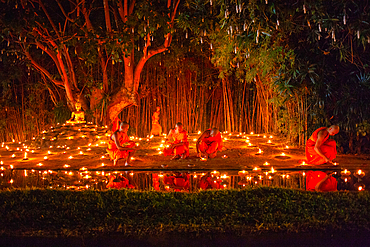
Makha Bucha (Magha Puja) celebrations, monks pray under illuminated Buddha statue annually at Wat Phan Tao temple, Chiangmai, Thailand
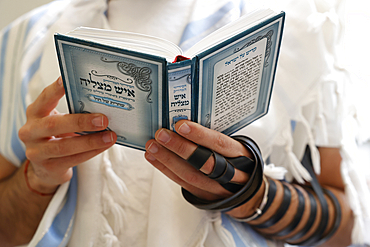
Celebration of Purim festival, faithful holding book and wearing phylacteries, Beth Loubavitch Synagogue, Montrouge, France
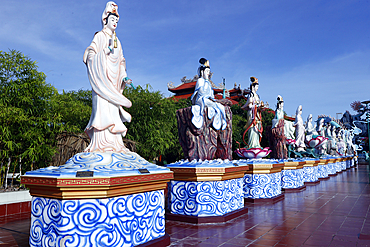
Thien Truc Buddhist Pagoda, Quan Am (Quanyin) (Bodhisattva of Compassion) (Goddess of Mercy), Bac Lieu, Vietnam
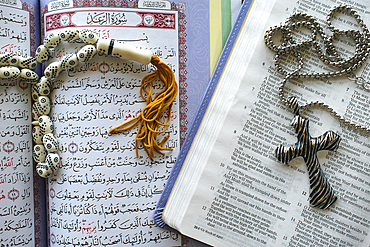
Holy Quran with Muslim prayer beads and Bible with rosary, Interfaith symbols between Christianity and Islam, Ho Chi Minh City, Vietnam
